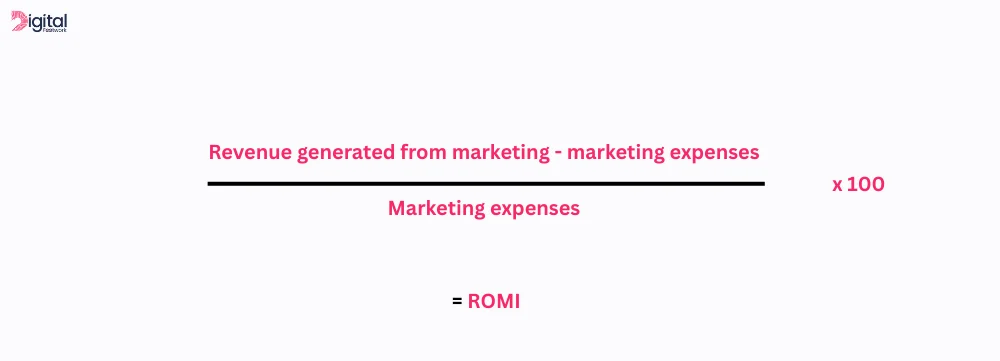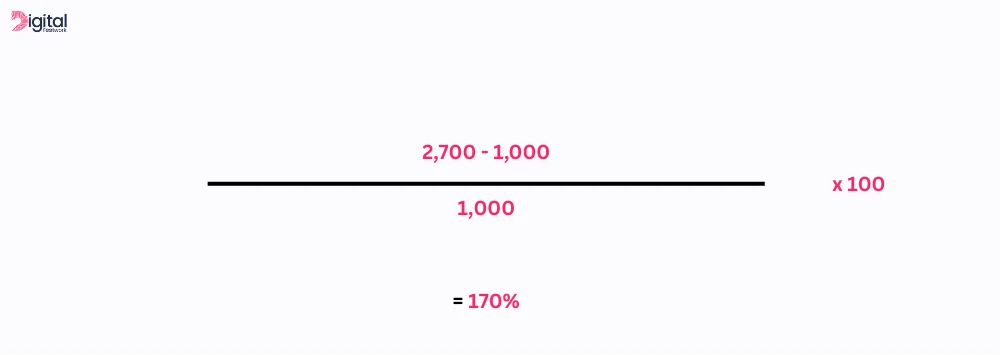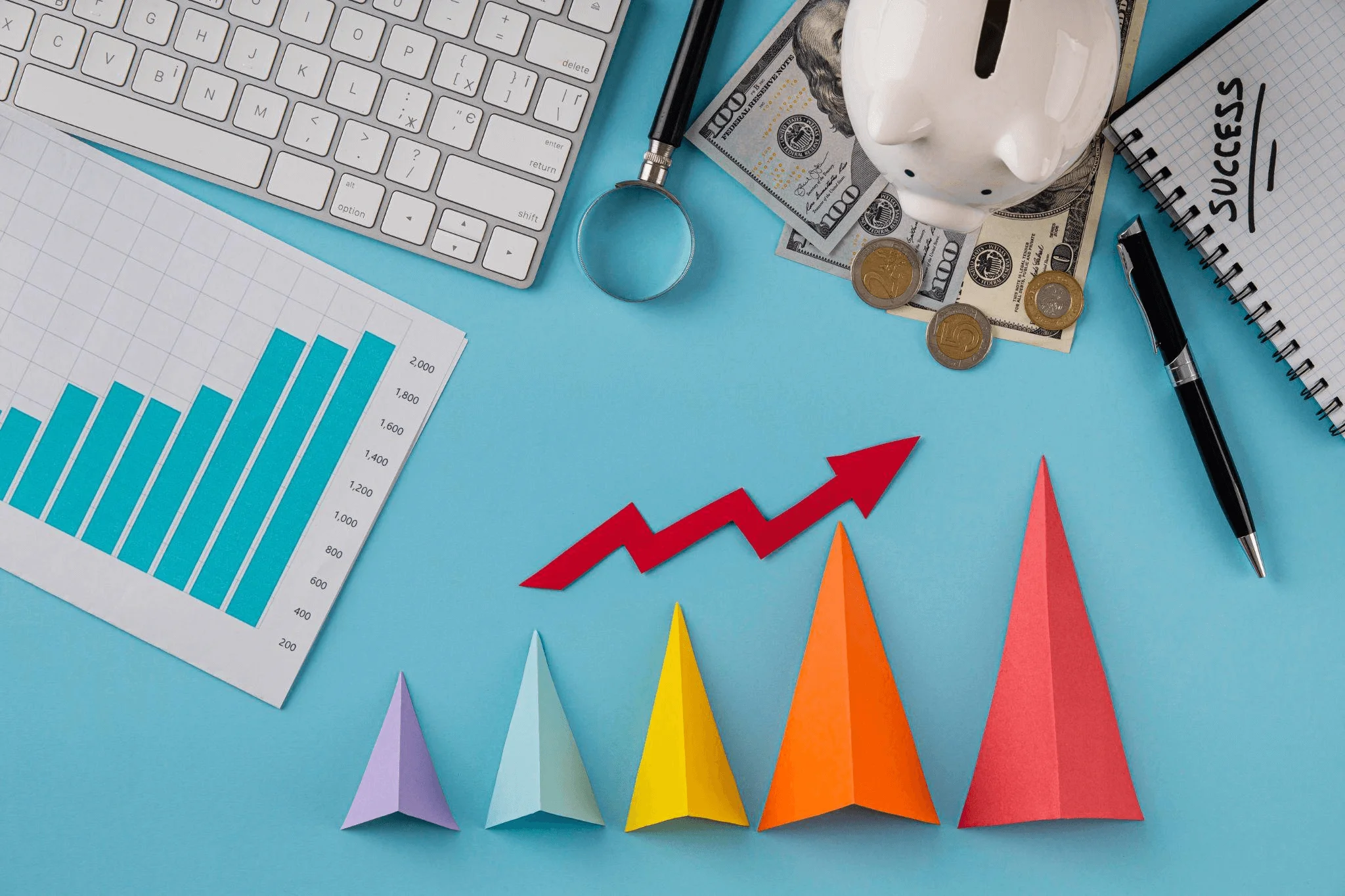Table Of Contents
Clicks, leads, and conversions are important KPIs, but they don’t matter if the money you’ve invested in digital marketing isn’t turning a profit. Want to see the real impact of your marketing? Start tracking ROMI—return on marketing investment.
ROMI shows the true profitability of your marketing efforts and helps you decide whether repeating a campaign makes sense. In this post, we’ll break down what ROMI is, why it matters, and share proven strategies to help you improve it.
What Is Return on Marketing Investment (ROMI)?
Return on marketing investment (ROMI)—also known as marketing return on investment (MROI)—measures the percentage of revenue generated from marketing activities, like email campaigns, social media ads, web design, SEO, and more.
ROMI is a vital metric that shows how effectively your marketing drives business growth and helps you make smarter budget decisions. It takes the guesswork out of marketing performance and translates your efforts into clear, measurable results.
How to Calculate ROMI
Calculating ROMI is essential in ROI-driven marketing. Here’s a simple formula:

Let’s say you spent $1,000 on a marketing campaign and it generated $2,700 in revenue. The calculation will look like this:

Remember: ROMI only considers your marketing investment—it doesn’t factor in the cost of goods sold (COGS). If you need a more accurate representation of your profitability, you can replace revenue with gross profit in the formula.
Strategies to Improve Return on Marketing Investment
Now that you know what ROMI is and how to calculate it, let’s move on to the main part—strategies to improve it. Here are a few ways to create sustainable marketing activities and increase marketing ROI:
- Prioritize High-ROMI Campaigns: Not every strategy works the same—some will touch 200% ROMI, others might stop at 50%. ROI-driven digital marketing is about prioritizing campaigns that generate the most money.
- Adjust Campaigns That Generate Less Money: Campaigns that don’t work actually provide food for thought. Figure out what’s wrong with your strategy, adjust your plan, and experiment with new ideas. Conduct A/B testing to determine what’s working and what needs improvement.
- Set Goals Before Each Campaign: What ROMI are you aiming for? The answer determines what success will look like to you. Set well-defined SMART goals—specific, measurable, achievable, relevant, and time-bound—and outline key performance indicators to track throughout the campaign run.
- Track Key Metrics: As your campaign takes off, track metrics that indicate real monetary impact—such as the number of leads, conversion rate, cost per acquisition, and customer lifetime value—and ignore vanity metrics like views and impressions, unless your campaign is about brand awareness.
- Optimize for High-Yield Channels: In ROI-driven marketing, we focus only on high-performing channels and don’t waste resources on channels that don’t bring in good money. Don’t create Instagram reels just because everyone else is creating them. If Google Ads work better for you, leverage that.
- Invest in Marketing Automation: Marketing automation tools—like Hubspot, Mailchimp, and Meta Business Suite—are great for marketing ROI optimization. These tools help you achieve more in less time and boost the efficiency and productivity of your marketing campaign.
- Track Your ROMI: Use UTM and Pixel codes to track exactly what campaign elements bring results (and money). Set up your Google Analytics and outline your goals to track specific types of conversions. You can also link your goals or events to your social traffic and measure your social media ROI through Google Analytics.
Ready to improve your return on marketing investment?
Digital Footwork builds ROI-driven strategies to accelerate your business growth.
Reach out to us today.

